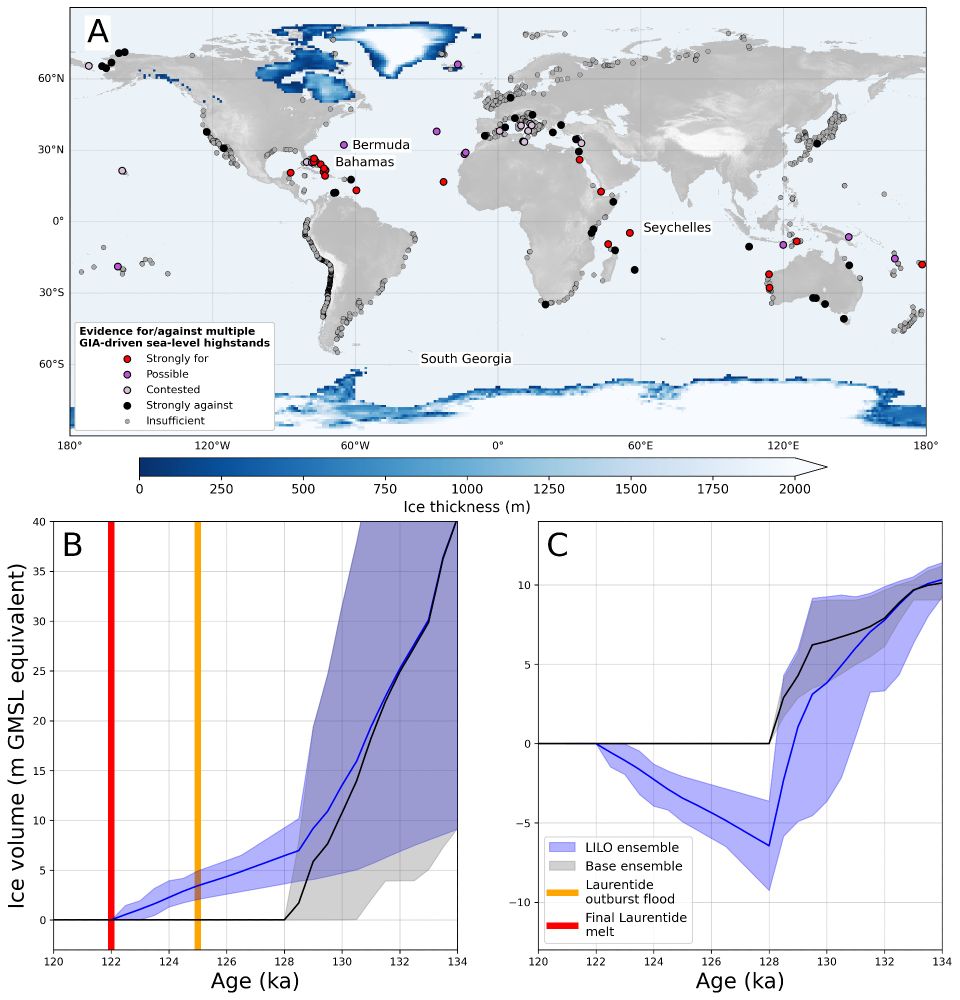Check out our new preprint! eartharxiv.org/repository/v...
With @bobkopp.net , @drandreadutton.bsky.social , and co.

Check out our new preprint! eartharxiv.org/repository/v...
With @bobkopp.net , @drandreadutton.bsky.social , and co.



model ensemble and reconstructions of postglacial thermosteric sea-level and mountain glacier evolution to estimate Holocene global mean sea level and ice volume.

model ensemble and reconstructions of postglacial thermosteric sea-level and mountain glacier evolution to estimate Holocene global mean sea level and ice volume.
















